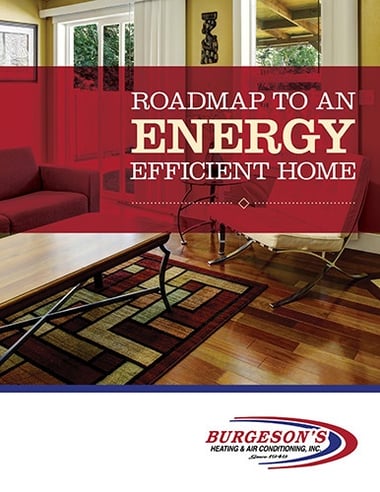You’ve probably heard how solar energy can help you save money on your electric bill, but the cost of installation isn’t as widely talked about.
So how much does it cost to install solar panels in your Southern Californian home?
An average-sized solar panel system installation in the Inland Empire can range from $20,000 to $48,000 (before solar tax credits).
To truly understand the cost of installing solar panels in your home, it’s important to note the different factors that will impact installation cost such as:
- System size: The amount of electricity you want or need to generate.
- Equipment: The type of solar panels and inverter you buy.
- Home characteristics: Factors that determine the ease or difficulty of installation.
- Rebates you qualify for: Certain state and federal rebates can decrease overall costs.
In this article, we’ll explain these factors in detail, so you can decide whether or not a solar energy system is right for you.
Want our experienced and respectful electricians to help you make a decision? We’re happy to help. We give honest, helpful answers with the goal of improving the energy efficiency and functionality of your home.
Factors that affect your solar panel installation price
System size
The cost of installing a solar panel system in your home depends on how much electricity you want to generate. Take a look at your electricity bill to see how many kilowatts (on average) your home uses each month.
A house that uses more electricity will need more solar panels. And, as the number of panels needed increases, so does the overall cost of the system.
A large system will require more equipment. And more equipment will require more labor to install it. It takes a significant amount of manpower to make your solar dreams a reality. Designing your system, coordinating a site visit, filing your permits, and installing, then activating the solar panels all require time and money.
Equipment
While the components of a solar system are simple, the various product options and brands can make the equipment selection process reasonably complex, especially when determining the overall cost.
In order to go solar, you’ll likely need the following equipment:
- Solar panels
- Inverter
- Racking
- Performance monitoring (optional)
- Storage option (battery or grid connection)
Overall, bigger, more popular brands cost more than their lesser-known counterparts. On the bright side, higher-quality equipment comes with benefits that may be worth the added cost. Better hardware can generate more electricity with the same amount of sunlight, and often comes with a more extensive warranty, too.
Having a reliable performance monitoring system is also important, as this piece of equipment records the hourly electricity production of your system. Some monitoring equipment tracks your system through the cloud, so you can monitor your energy levels in real-time from an app on your smartphone. But keep in mind, this type of equipment can raise the cost.
Home characteristics
The characteristics of your home play a major role in your overall cost.
The perfect position for a solar unit is on a south-facing, flat roof that doesn't have any obstructions like a chimney, vents, or antennas. East- and west-facing roofs are also good options because they get a lot of sunlight.
If your only available roof area for solar panels is north-facing, or if your roof is particularly difficult to install solar panels on - for example, your home is three stories high or has a roof with a 45° slope - then your solar system may cost more as you'll likely need more panels to generate enough electricity. Plus, the cost of labor will increase due to the added difficulty.
Don’t forget to consider the long-term savings with solar
More significant solar power systems may cost more upfront, but they also should result in more savings. For example, if you need to install a 10kW solar energy system to satisfy all of your electricity use, you may have to pay more out of pocket, but you could be cutting down on a notable monthly expense (your utility bill) and saving more money as a result.
In addition… $0-down, low-interest solar loans are becoming increasingly popular, making it even easier to get a solar panel system and boost your solar savings.
Get an expert opinion, call Burgeson’s today!
If you’re ready to explore your solar energy options, contact us today. You deserve to work with professionals who make your comfort a top priority. We’re here to help!














